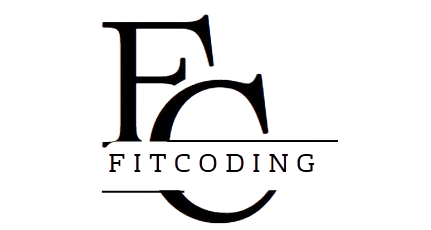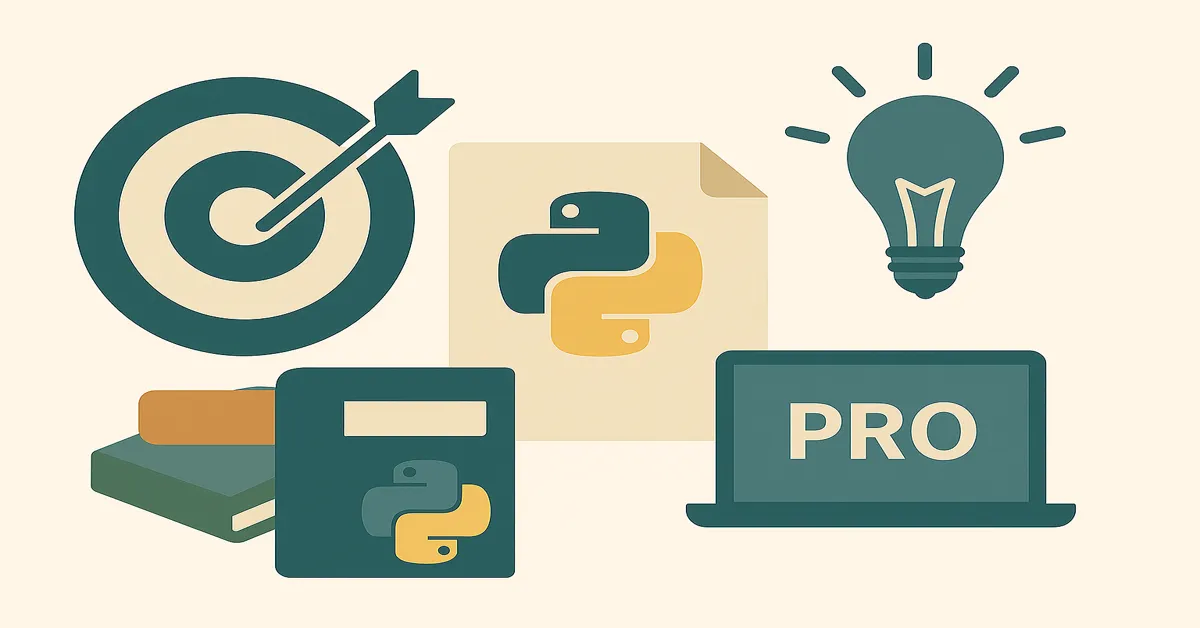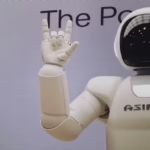In an era defined by data, automation, and AI, the ability to code is no longer reserved for software engineers and tech giants. It is becoming an essential language of the modern world—and when it comes to that language, Python reigns supreme. But learning Python and mastering Python are two entirely different things. The journey from writing your first “Hello, world!” to becoming a fluent, confident Python developer requires more than enthusiasm. It requires strategy, discipline, and a layered approach – Master Python.
This article offers a clear, comprehensive, and updated path to mastering Python. It is not a list of trendy hacks or a shortcut to instant expertise. Instead, it’s a realistic blueprint for serious learners—students, professionals, and autodidacts—who want to build real, usable skills that can withstand the pace of technological change.
Why Python Is the Language Worth Mastering
Python isn’t just popular; it’s ubiquitous. It’s used in fields as diverse as finance, biology, machine learning, and web development. Its syntax is elegant, its ecosystem is vast, and its utility is unmatched. But most importantly, it is learnable.
Key Strengths of Python:
- Simple and readable syntax
- Dynamic and versatile in application
- Supported by one of the most active communities
- Expansive libraries and frameworks for almost every task
- Widely used across academic, corporate, and open-source domains
With those strengths in mind, let’s map the best way to go from Python beginner to Python master.
Phase 1: Foundation – Learn the Language, Not Just the Syntax
Too many learners get stuck in what might be called the “YouTube-Tutorial Loop”—a cycle of copying code without understanding. Real mastery starts with internalizing the logic behind the language.
Step 1: Set Up Your Environment
- Install Python from python.org
- Use a proper code editor: VS Code, PyCharm, or Jupyter Notebook
- Get comfortable with the command line and Git for version control
Step 2: Master Core Concepts
This stage is not about breadth, but about depth:
- Data types: strings, integers, floats, booleans
- Variables and constants
- Operators and expressions
- Conditionals:
if,elif,else - Loops:
for,while,break,continue - Functions: parameters, return values, scope
Write small programs every day:
- BMI calculator
- Tip calculator
- Number guessing game
- Countdown timer
Step 3: Understand Pythonic Thinking
Python encourages a certain way of thinking:
- Clear is better than clever
- Use list comprehensions instead of verbose loops
- Embrace functions and reusable code
- Use error handling instead of defensive code
Read the Zen of Python:
import thisPhase 2: Practice – Build Real Projects and Make Mistakes
True mastery is forged through application. Tutorials can take you only so far. The second phase of learning should be entirely project-driven.
Step 4: Build Projects That Solve Real Problems
Don’t aim for complexity—aim for usefulness.
Ideas:
- Personal budget tracker
- Weather app using an API
- Command-line to-do list
- Text-based quiz game
- Web scraper for job listings
Step 5: Learn and Apply Testing
Testing is not just for professionals. It is a habit that leads to better thinking and better code.
- Use
assertstatements for small scripts - Learn
unittestandpytest - Write tests before you code when possible (TDD)
Step 6: Read Other People’s Code
Visit GitHub. Find a well-documented project. Read it. Try to replicate part of it. Break it, fix it.
- Look at documentation habits
- See how others structure functions, classes, and files
Phase 3: Structure – Dive into Python’s Ecosystem
At this point, you know the language. Now it’s time to understand the tools, libraries, and practices that make Python production-ready.
Step 7: Explore Popular Libraries
Data and Automation
pandas,numpy,openpyxl,csvrequests,beautifulsoup4,selenium
Web Development
Flaskfor microservicesDjangofor full-stack development
Machine Learning
scikit-learn,tensorflow,keras,xgboost
Data Visualization
matplotlib,seaborn,plotly
Step 8: Learn Object-Oriented Programming (OOP)
Classes and objects aren’t just theoretical. They’re essential for large-scale application design.
class Dog:
def __init__(self, name, breed):
self.name = name
self.breed = breed
def bark(self):
print(f"{self.name} says woof!")OOP Concepts:
- Encapsulation
- Inheritance
- Polymorphism
- Abstraction
Phase 4: Professionalism – Write Code Like a Developer
The difference between an advanced hobbyist and a professional is often in how they think about software, not just how they write it.
Step 9: Use Git and GitHub Effectively
- Learn
clone,commit,push, andpull - Create a portfolio with your repositories
- Write meaningful commit messages
Step 10: Learn the Art of Documentation
- Use comments strategically
- Write README files for every project
- Maintain changelogs and issues for personal projects
Step 11: Contribute to Open Source
No book or course will teach you more than reading and editing live code used by others.
- Start small: fix typos, update documentation
- Join beginner-friendly repositories
- Learn how to navigate community norms
Phase 5: Specialization – Pick a Path and Go Deep
Once you’re comfortable with the language, choose a direction. Python has no shortage of domains.
Web Development
- Master Django or Flask
- Understand HTTP, REST, routing, forms, templates
Data Science and Analytics
- Master
pandas,matplotlib,numpy,scikit-learn - Learn SQL and data cleaning
Machine Learning and AI
- Dive into neural networks
- Study model evaluation, feature engineering, and pipeline design
Automation and Scripting
- Build scripts for repetitive tasks
- Integrate with APIs
- Learn cron jobs and background scheduling
Habits That Separate Masters from Dabblers
Mastery is not just about knowledge. It’s about consistent, high-quality practice. Here are habits that define Python masters:
- Code every day: even 30 minutes is better than nothing
- Write tests: to clarify your intentions
- Refactor often: clean code is easier to debug
- Teach others: write blogs, make videos, mentor peers
- Stay curious: read changelogs, follow updates to Python itself
Tools and Resources Worth Using
Editors and IDEs:
- VS Code
- PyCharm
- JupyterLab (for data science)
Learning Platforms:
- Real Python
- Codecademy
- Coursera (Python for Everybody)
- LeetCode (for algorithm practice)
- Exercism.io (for mentorship and challenges)
Books:
- Fluent Python by Luciano Ramalho
- Python Crash Course by Eric Matthes
- Automate the Boring Stuff by Al Sweigart
Benchmarks to Track Your Progress
You should be able to:
- Build and deploy a simple Flask app
- Write clean, DRY (Don’t Repeat Yourself) code
- Explain classes and decorators
- Write tests and use version control
- Contribute to a collaborative coding project
When you reach these milestones, you’re not just learning Python—you’re mastering it.
Final Thoughts: Mastery is a Discipline
Mastering Python doesn’t happen overnight. It’s the cumulative result of daily practice, real-world application, and a willingness to wrestle with challenges that don’t have immediate solutions. It is an ongoing process of refinement, exploration, and contribution – Master Python.
Whether you’re building algorithms or dashboards, scraping websites or training models, Python is not just a skill—it’s a mindset. And like any language, it rewards those who immerse themselves.
This guide isn’t a ladder you climb once. It’s a loop you refine with every project, problem, and pull request. So start today, stick with it, and return to the fundamentals often. Mastery isn’t a destination; it’s how you travel.
Also Read:
Step1: Beginner Guide for Python – Learn Step by Step
step2: Step 2 for the Learning of Python Language: The Foundation Layer of Real Understanding
FAQs
1. How long does it take to master Python?
Answer: Mastery depends on your goals and consistency. With daily practice, you can reach strong proficiency in 6–12 months, but true mastery is an ongoing process.
2. Do I need a computer science degree to master Python?
Answer: Not at all. Many skilled Python developers are self-taught. What matters most is hands-on practice, real projects, and continuous learning.
3. What’s the most effective way to practice Python daily?
Answer: Work on small, goal-oriented projects, solve coding challenges (e.g., LeetCode), read documentation, and try refactoring or testing your own scripts.
4. Is it better to learn libraries like Django or stick with core Python first?
Answer: Focus on core Python first. Understanding the fundamentals will make learning frameworks like Django or Flask easier and more meaningful.
5. How can I tell if I’ve truly mastered Python?
Answer: You’ll know you’ve mastered Python when you can write clean, efficient, well-tested code, explain your logic clearly, and contribute to or lead collaborative coding projects.











